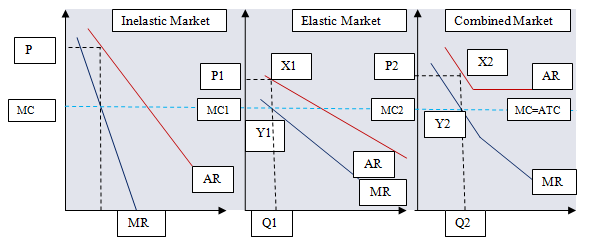Factors impacting profit levels in monopolistic market structure
Pure monopoly refers to a situation where there is only one firm offering a specific type of product or service. However, instances of pure monopoly are very rare in modern markets due to the intensified level of globalisation of economies and anti-monopoly rules and regulations introduced by governments. Working monopoly refers to a situation where any company possesses more than one fourth of the market share.
Certain firms are able to attain monopoly in the market due to possession of scare resources, special government grants under certain circumstances, possession of patents for innovations or as a result of merger of two or more large companies in the industry.
Achievement of profit maximisation objective is easier by monopolistic firms compared to other market structure due to the lack of competition. In simple terms, consumers have no choice but to purchase products offered by monopolist firm due to the lack or even absence of alternative products in the market.
Price discrimination can be divided into three categories: first degree, second degree, and third degree. First degree price discrimination is associated with inelastic markets where a certain business entity is in the position of pricing its products at different levels, at the same time selling to the whole market without competition, which is rare in practical levels.
As it is illustrated in figure below, second degree price discrimination relates to elastic market where businesses offer different amounts of their products for different prices.
Lastly, the third degree of price discrimination marks the case of combined market where different prices are set for different groups of consumers. Businesses can engage in price discrimination only if they possess certain degree of monopoly.
In other words, monopolistic businesses use price discrimination strategies in order to increase the levels of abnormal profits. The degree of price discrimination exercised by monopolists depends on a set of factors such as the extent of monopolistic position of the firm in the market, the nature of the industry, the extent of differences amongst various consumer groups and others.


